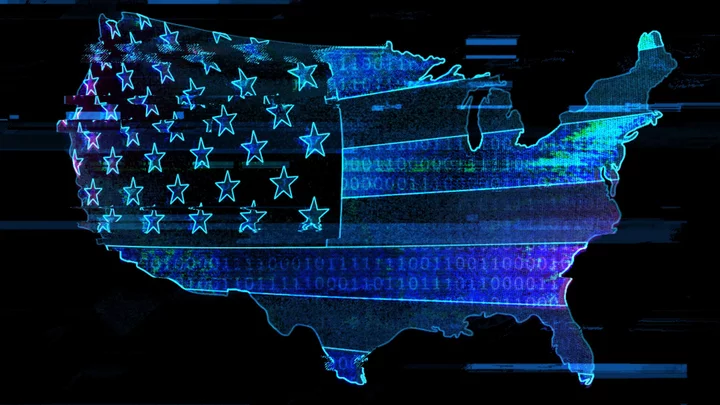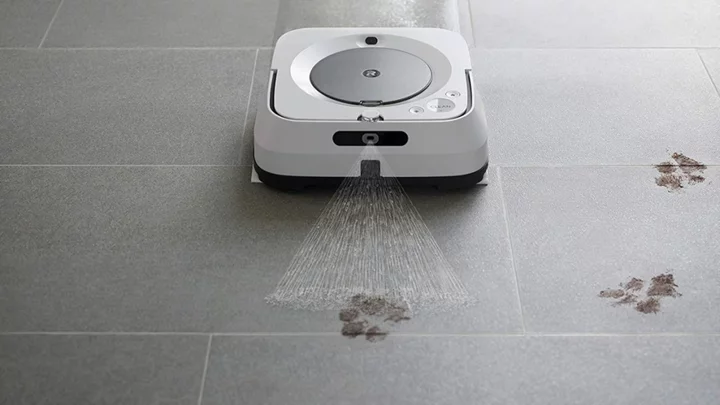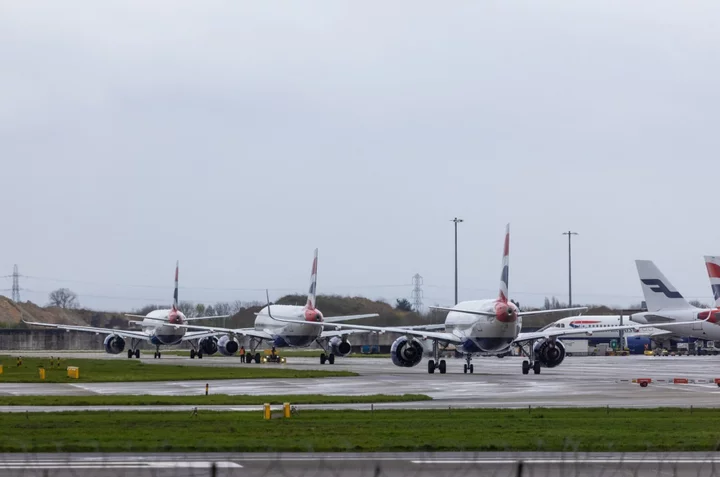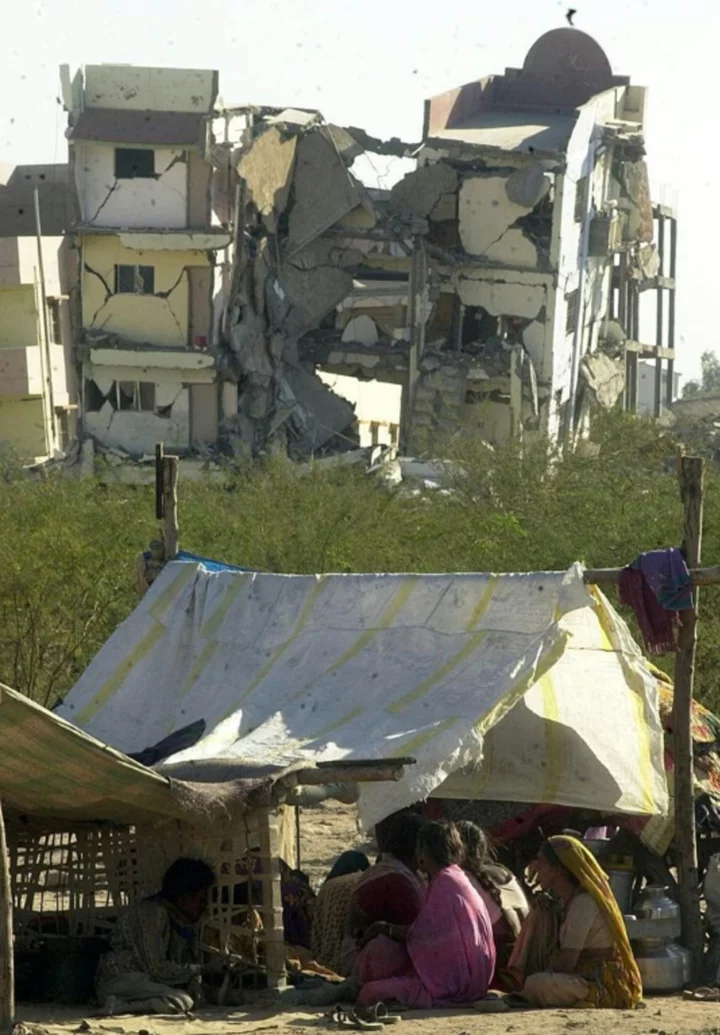The Federal Communications Commission's cartography of connectivity just got a major upgrade that takes it out of a beta-test phase.
The agency's updated broadband map reflects newer data from internet providers, improved validation by FCC staff, and challenges filed over inaccuracies in the map first published in November. That itself replaced an old, inaccurate, and uninformative FCC map based only on census-block-level filings by ISPs that did not cover individual addresses.
“We called it a pre-production draft, because it had not been subjected to challenges from consumers, states, localities, Tribes, and other stakeholders,” FCC Chair Jessica Rosenworcel said Tuesday of the November release. “The map we are releasing today reflects these challenges, as well as other improvements to the data we have been making since we launched our first public effort last year.”
The home page of the FCC's broadband map.So far, the FCC has reviewed challenges to broadband-availability data for more than 4 million addresses and resolved over 75% of them, Rosenworcel said.
Those and other upgrades to the map have allowed the FCC to chart almost 330,000 more locations without broadband–which the FCC generously defined in 2015 as a connection with at least 25Mbps downloads and 3Mbps uploads–but also find more than 1 million new locations with broadband.
In a call for the press last week, a senior FCC official said that in addition to those challenges, which can cover such hang-ups as a provider unable to install service within 10 days or without excessive connection charges, the commission contacted more than 800 providers to verify their network infrastructure or other details.
The updated map data did not surface in a copy of Chrome on a Mac Tuesday afternoon even after clearing cached web files. But it did appear in an incognito window in the same browser, allowing for an easy before-and-after comparison at a few sample addresses:
At an old apartment of mine on Connecticut Avenue NW in Washington, the new map still listed SpaceX’s Starlink (which seems debatable, given the building’s lack of balconies) but had cut its maximum advertised download speed from 100Mbps to 50Mbps. The updated map also doubles the maximum advertised upload for fixed-wireless broadband from Starry to 200Mbps and no longer lists residential wireless broadband from T-Mobile and Verizon.
At a relative’s single-family home in Santa Rosa, Calif., Starlink downloads saw the same 50% reduction, which could reflect the service’s general slowdown across the US or corrections made after last fall’s map overstated Starlink’s reach. The new map also no longer listed Verizon fixed wireless as an option, reflecting the unpleasant reality on the ground that Comcast retains a local monopoly there.
At a rural residence in Grass Lake, Mich., that had seen its service wildly overstated by the 2019 version of the FCC’s old map, Starlink downloads also dropped to 50Mbps between last fall and today’s revision. But the map also shows one new fixed-wireless provider has brought service to that address; a check at that company’s site confirms service in the area with the caveat that “We may need to confirm your Internet coverage with other tools and a free site survey.”
Rosenworcel today promised continued iterative improvements, in addition to more frequent tweaks to reflect resolved challenges, which the FCC official on the press call said happen every two weeks. “We are going to continue to release a major update twice a year, which overlays availability data from providers onto the tens of millions of serviceable locations," she said.
The FCC has tens of billions of dollars’ worth of reasons to keep at this work: Better connectivity maps will not only help prospective homeowners know what service situations they’re buying into but will also help the government effectively spend the $65 billion in subsidies that 2021’s Infrastructure Investment and Jobs Act provided to fill in the nation’s blank broadband spaces.









